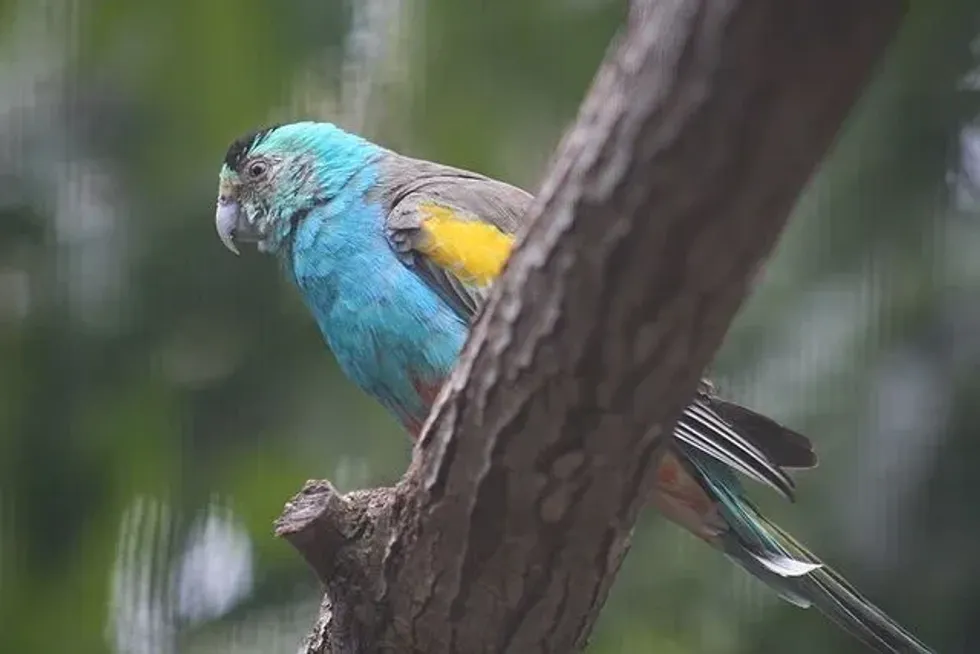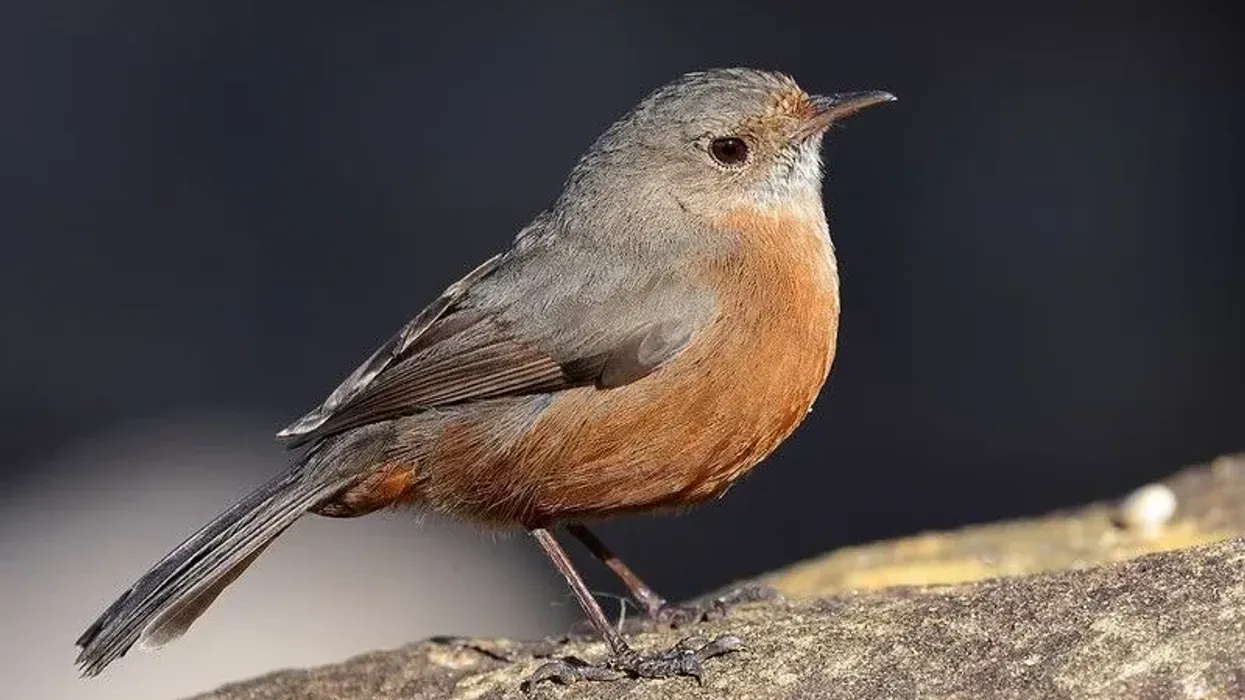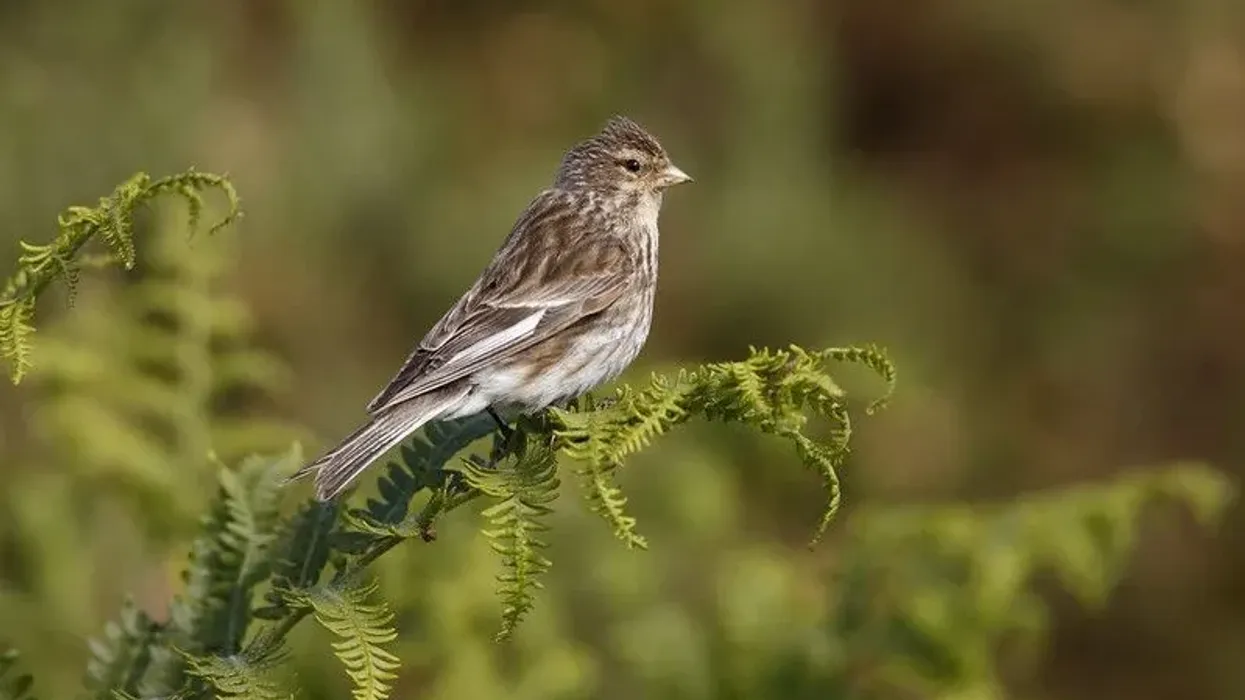The golden-shouldered parrot (Psephotus chrysopterygius), or the golden-shouldered parakeet, is a rare species of parrot restricted to a very small range in Queensland, Australia. This iconic parrot species, spotted with a turquoise plumage, is regarded as a superior species of the common hooded parrots and also the extinct paradise parrot.
They are sometimes related to the red-rumped parrots however, they are smaller than them.
These extravagant and flamboyant birds are alone of the most favorites in the aviculture industry of Australia.
These beautiful parrots are also commonly known by the name Alwal in their native range. Over the past 150 years, the nesting ground of the bird has contracted in the wild due to declining habitats and it is still ongoing.
Previously, three breeding populations were present ranging from Coen to Port Stewart, Musgrave-Moorhead River, and west of Chillagoe. The birds were seen commonly in pairs in these places. However, currently, only the Chillagoe populations persist.
The Musgrave-Moorhead River birds have declined. However, the last pair was located in 1920 in Coen-Port Stewart nesting ground, since then they have apparently become extinct there.
The parakeets suffer from numerous threats in their native habitats the most common being contraction of their range and destruction of suitable habitats. They are also threatened by some predators in the wild like feral cats and feral pigs that raid the golden-shouldered parrot's nests. To know more about the birds, keep on reading these amazing facts.
For similar content check out ground parrot facts and green-rumped parrotlet facts too.
Golden-Shouldered Parrot Interesting Facts
What type of animal is a golden-shouldered parrot?
Golden-shouldered parrots are a type of parrot.
What class of animal does a golden-shouldered parrot belong to?
Golden-shouldered parrots, of Psittaciformes order and Psittaculidae family, belong to the class Aves, the common class for all birds.
How many golden-shouldered parrots are there in the world?
The population of the golden shoulder parrots is extremely limited because of their limited nesting range. Therefore they are regarded as an endangered species.
The global population of this rare species currently stands around 2500 breeding individuals which equated to a total of 3750 individuals all over the world. Once these birds were observed in pairs of large flocks in the wild but at present, there are only 780-1100 individuals left in the wild.
These birds have numerous subpopulations and the number of individuals located in the largest subpopulation ranged between 251-1000 individuals. The overall population trend of the parrots appears to be declining but the rate of decline has not been estimated.
Where does a golden-shouldered parrot live?
The golden-shouldered parrots of Australia are an endemic species of the Cape York Peninsula in Queensland. They are restricted to the southern and central parts of Cape York in Queensland.
In the north, subpopulations of the bird have been recorded from four areas located to the north of the upper Morehead basin adjacent to the Alice River. They occur in the Alwal National park, Mary river, Dixie, Artemis, and Imooya station in this region.
A southern subpopulation populates the southeastern banks of the Sateen River that lies adjacent to the Bulimba station.
Previously, many birds used to flock together in the Cowen and Port Stewart however since 1950, they have been missing from the Cowen and Port Stewart region. The breeding populations were recorded up to the Bullaringa National Park in the 1960s.
What is a golden-shouldered parrot's habitat?
The ideal habitat of a golden-shouldered parakeet includes savanna grasslands and open forested woodlands. However, their habitat preference alters according to the dry season and wet season.
They are common in extensive grassy fields consisting of several termites and their tall mounds. The parrot builds its nest in a termite mound that is adjacent to stable water sources.
Their preference to nest in grasslands and open woodlands also facilitates the diet of these seed-eating parakeets. The habit of building its nest in the mounds of termites is the reason why they are also known as antbed parrots.
At present, the parrot is threatened by widespread habitat loss in their range. They are also vulnerable to other predatory species like the pied butcherbird (Cracticus nigrogularis) in their natural habitats.
Who do golden-shouldered parrots live with?
Golden-shouldered parrots are moderately social birds. They are either found in a pair or in small flocks consisting of family groups in the wild. In captivity, keeping multiple pairs together may result in aggression.
Therefore it is better to keep a partition between the parrot pairs. Sometimes an Australian moth is found in the nest of the parrot. These moths are assumed to feed on the feces of the juveniles and in the process, helps the bird to keep its nest clean.
How long does a golden-shouldered parrot live?
The golden-shouldered parrot has an average lifespan of 15 years or more. Maintenance and care for them in captivity is easy and they can easily adapt to temperate climatic conditions.
How do they reproduce?
The breeding season of golden-shouldered parrots is from April to June. A second breeding season is observed in some parakeets between July and August.
The birds generally breed in the wet season when protein-rich grasses begin to seed. The parrots build their nests in a dome-shaped termite mound.
They build the nest in the wet season so that the termite mounds remain that remain slightly damp due to the rain. The parrot excavates a long tunnel-like burrow in the termite mound. The top of the termite mounds is capped by a nest-like chamber.
The termites have a unique way of building their termite mounds in such a way that preserves an ideal temperature condition required for the parrot eggs to hatch. The adult female lays around three to six eggs in a single clutch after they breed.
They hatch after an incubation period of 20 days. The young chicks fledge the nest after five weeks.
What is their conservation status?
According to the International Union for Conservation of Nature or the IUCN, golden-shouldered parrots are classified as an Endangered species in the IUCN Red List.
The bird had a very small range to begin with and it is further declining due to the introduction of cattle farming that causes disturbances in their nests. Various conservation programs for the parakeets have been introduced and they are considered as a priority in Healthy Country Plans throughout the Cape York Peninsula.
Unfortunately, the measures could not protect the bird populations.
The BirdLife International recognized the Stateen River and Morehead River as two of the most important sites for the conservation of this bird species. Therefore, some programs related to feeding the young parrots in the wet seasons have been started in order to feed the young chicks.
These feeding programs for the young parakeets have comparatively stabilized the juvenile populations from the past but there is no significant increase in the number of young populations.
Golden-Shouldered Parrot Fun Facts
What do golden-shouldered parrots look like?

The golden-shouldered parrot is a medium-sized parrot with a slender body and long tail. The males and the females' plumages are sexually dimorphic in this bird species.
The adult male has a yellow forehead and a pale yellow frontal band. The upper cheeks are made up of greenish-yellow feathers.
The rest of the body including the throat, breast, upper tail coverts, and sides have bright turquoise blue feathers. The nape and the head crown are black in the male parrot.
Further down they have orange-red abdomen, thighs, and under tail coverts. The primary wing feathers along with the underwing coverts and outer primaries are blue in color.
The lower back has a gray-brown tinge. The wing coverts of the middle tail feathers are yellow and the upper part is yellowish-green with blue tips.
The females have a much duller appearance than the males. Their plumage is dull green in color like the kea parrots with a yellowish tinge.
The upper parts of the body and the lower breast turquoise blue tinge while the rump and the tail coverts are slightly dull turquoise than the males. The rest of the parts of the female bird including the wing feathers, wing coverts, primaries, and outer secondaries are pale blue.
They have a charcoal grey head crown and a reddish abdomen in the central part of the lower body like the male parrot. The young golden-shouldered parakeet looks similar to the females with a pinkish tinge of the abdomen and a yellow bill.
How do they communicate?
The golden-shouldered parakeet communicates by sounds and vocalizations. They can produce a variety of sounds including a low-pitched 'che-weh' call and a short 'weet' call.
How big is a golden-shouldered parrot?
The length of a golden-shouldered parakeet ranges between 9-11 in (23-28 cm). They are similar in size to the Senegal parrot.
How fast can a golden-shouldered parrot fly?
Golden-shouldered parrots are fast flyers because of their sleek body. Unfortunately, their exact speed has not been determined.
How much does a golden-shouldered parrot weigh?
The average weight of a golden-shouldered parakeet is 2 oz (56 g).
What are the male and female names of the species?
A male golden-shouldered parrot is referred to as a cock and a female is known as a hen.
What would you call a baby golden-shouldered parrot?
A baby golden-shouldered parrot is called a chick.
What do they eat?
Golden-shouldered parrots are seed-eating birds like the Amazon parrot, they follow a herbivorous diet. They also prefer the seeds of cockatoo grass and glimmer grass. The bird feeds on seed, especially fire grass seed in the dry season. In the wet season, they consume herbs, grasses, and sedges.
Are they dangerous?
No, they are not dangerous to humans.
Would they make a good pet?
These birds are rarely found in captivity. There are around 1000 captive birds in Australia and only 300 birds are found captive all over the world. They make good pets for experienced bird owners.
Did you know...
The golden-shouldered parrots are territorial in nature. They feed on the ground in small flocks which makes them vulnerable to a predator like pied butcherbird. However, when predators approach their flock, they are alarmed by the calls of the wood swallow species.
How many eggs do golden-shouldered parrots lay?
A female golden-shouldered parakeet is capable of laying three to six eggs in a single clutch.
Do golden-shouldered parrots migrate?
Some of the subpopulations of the golden-shouldered parrots show local migration only during the non-breeding season. The parrot moves to coastal plains or the mangroves during this span.
Here at Kidadl, we have carefully created lots of interesting family-friendly animal facts for everyone to discover! Learn more about some other birds including imperial pigeon facts or fan-tailed warbler fun facts.
You can even occupy yourself at home by drawing one on our stained glass parrot coloring pages.
Image one by Kim.
Image two by PsepPhotus









